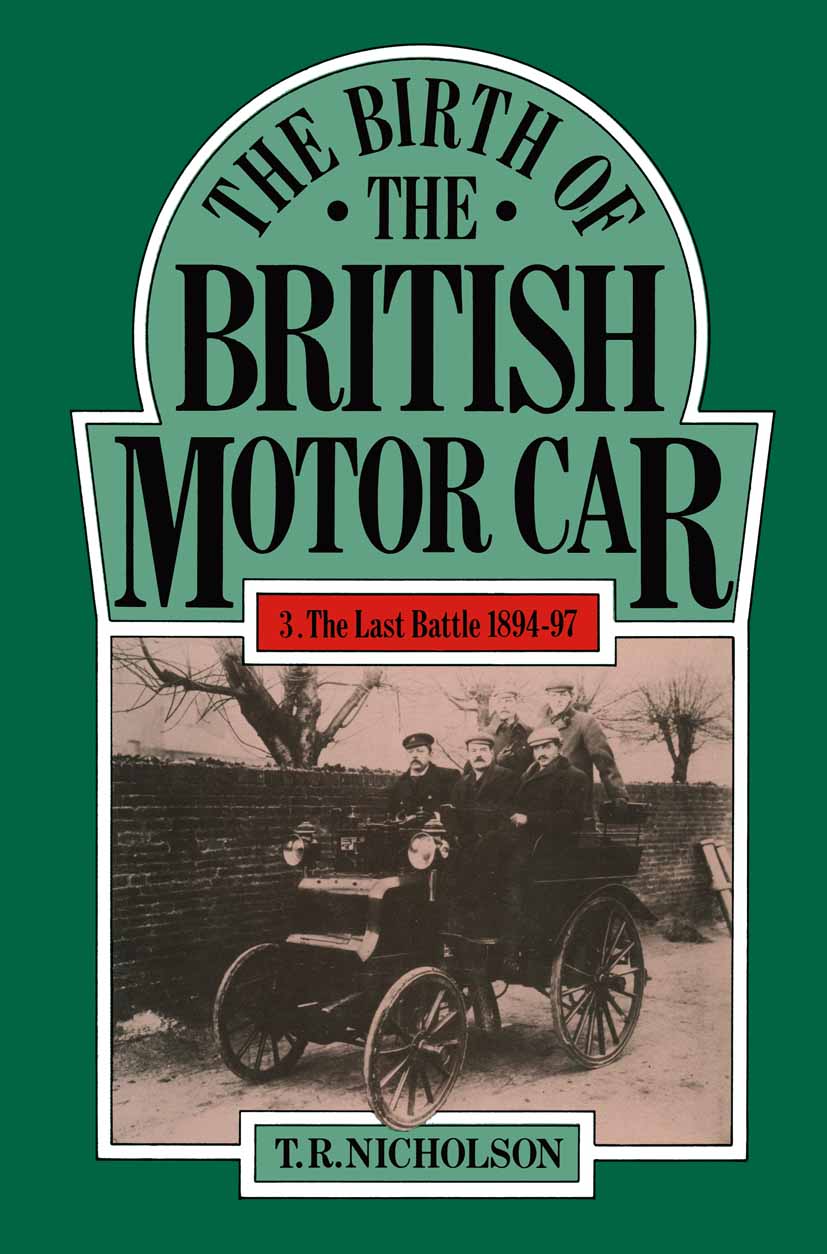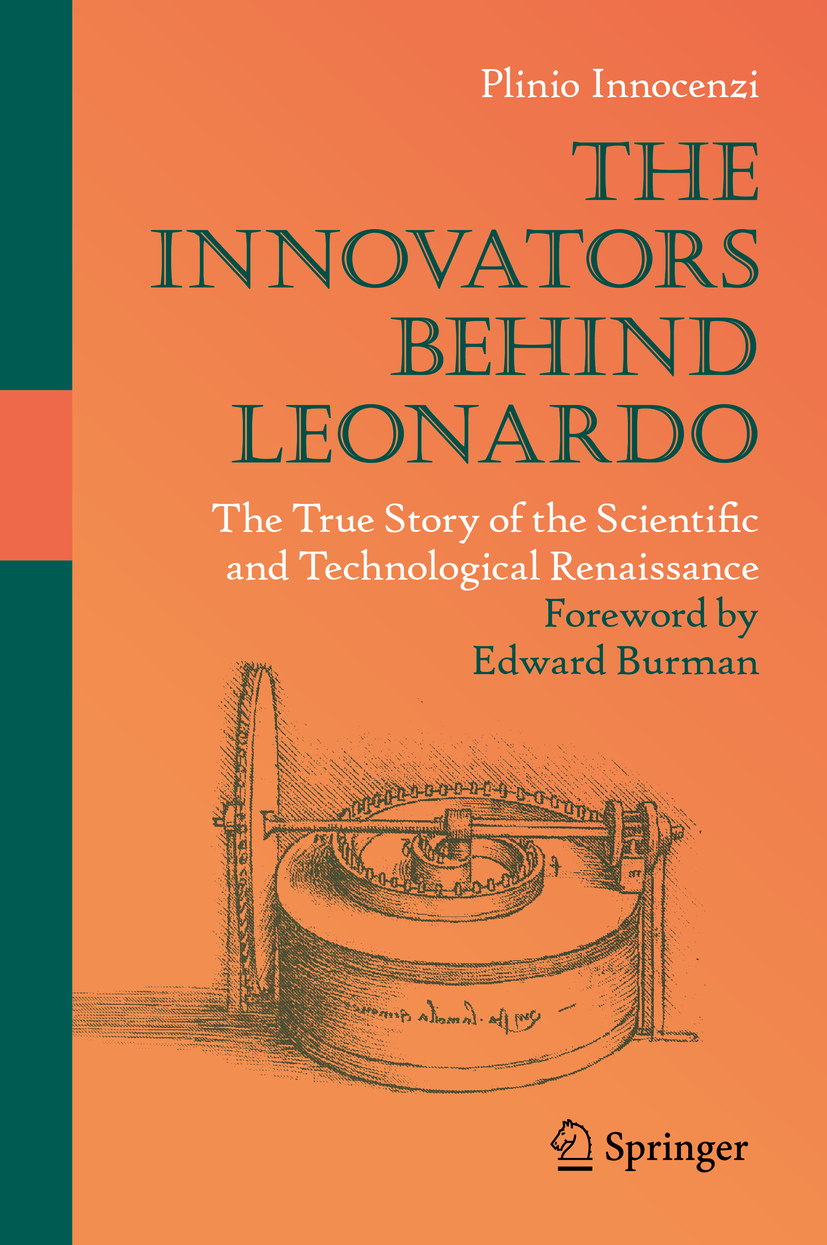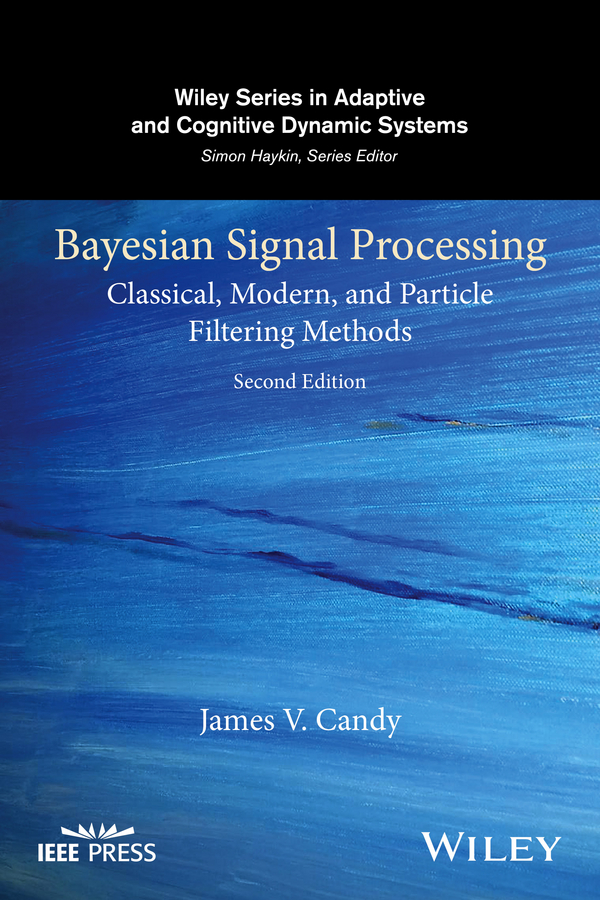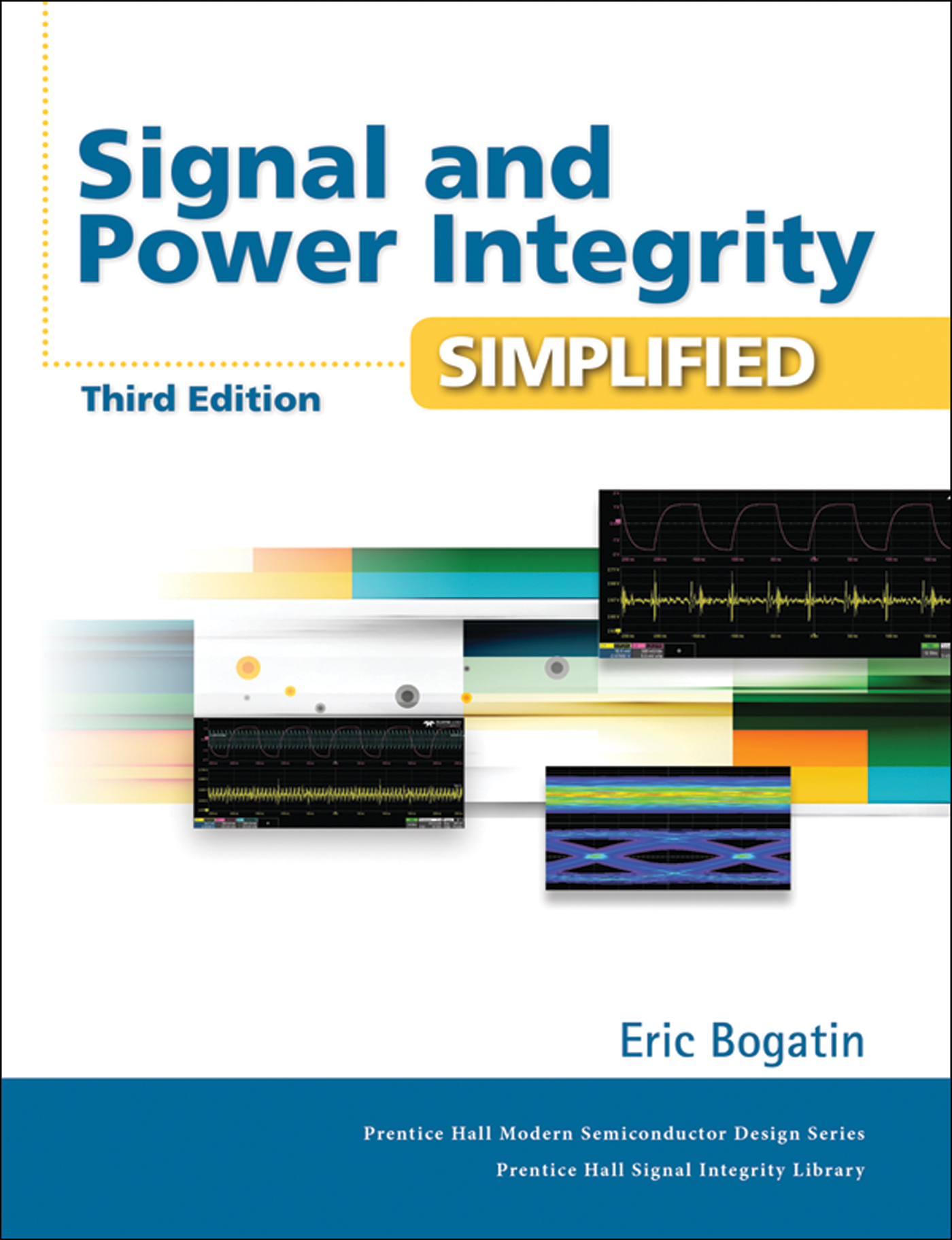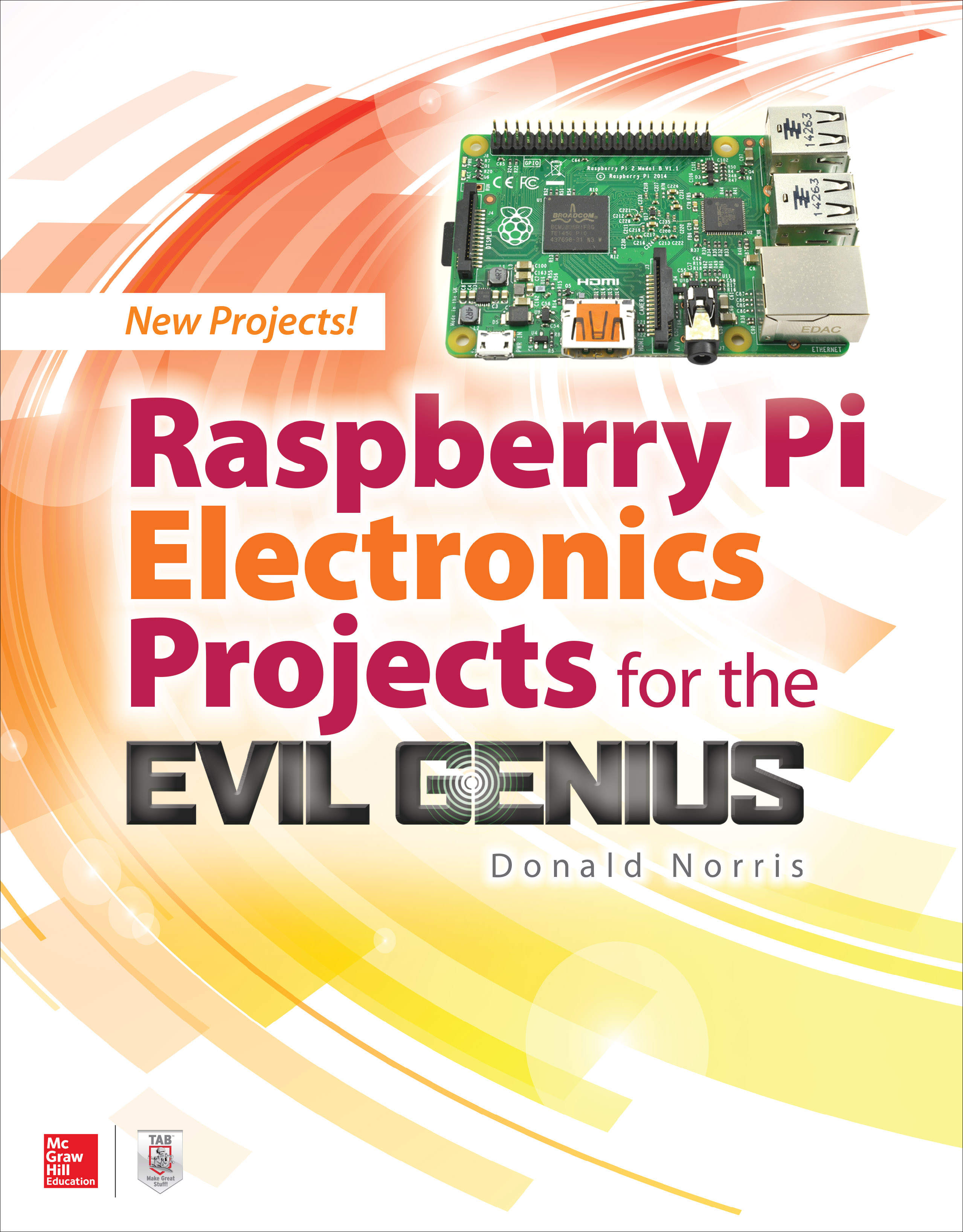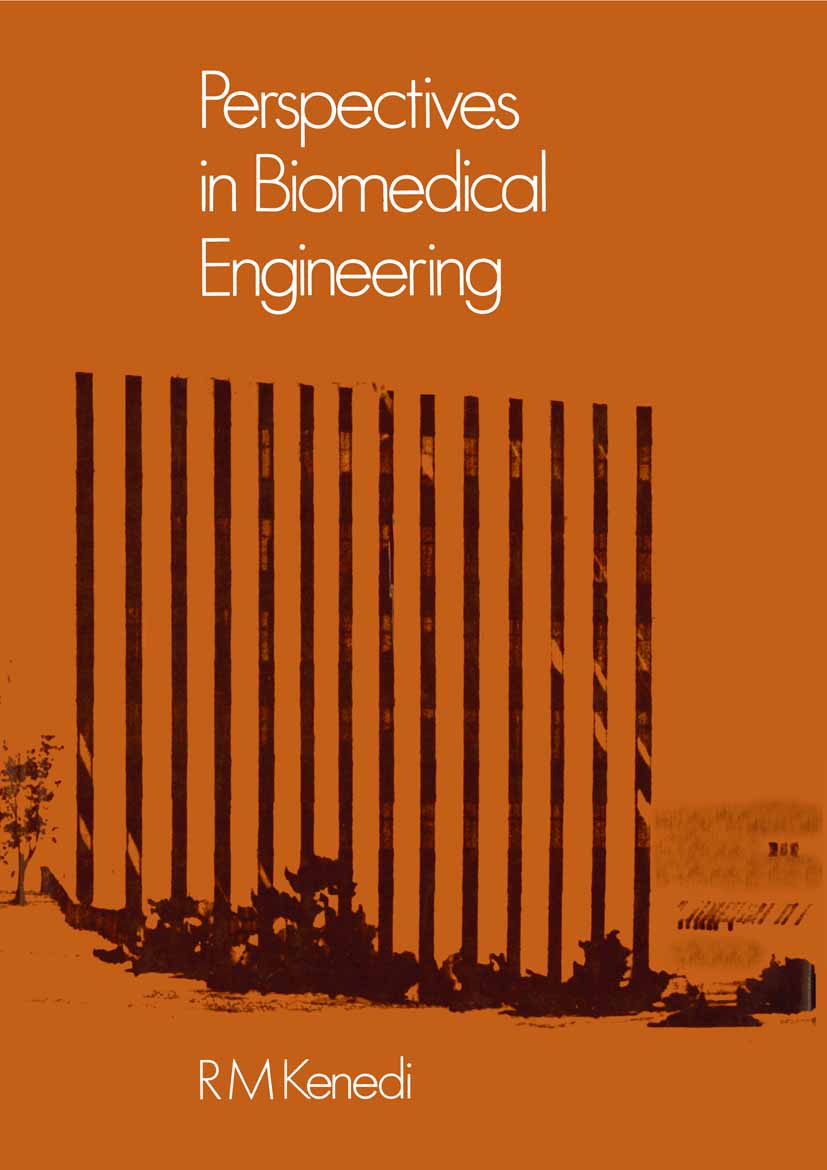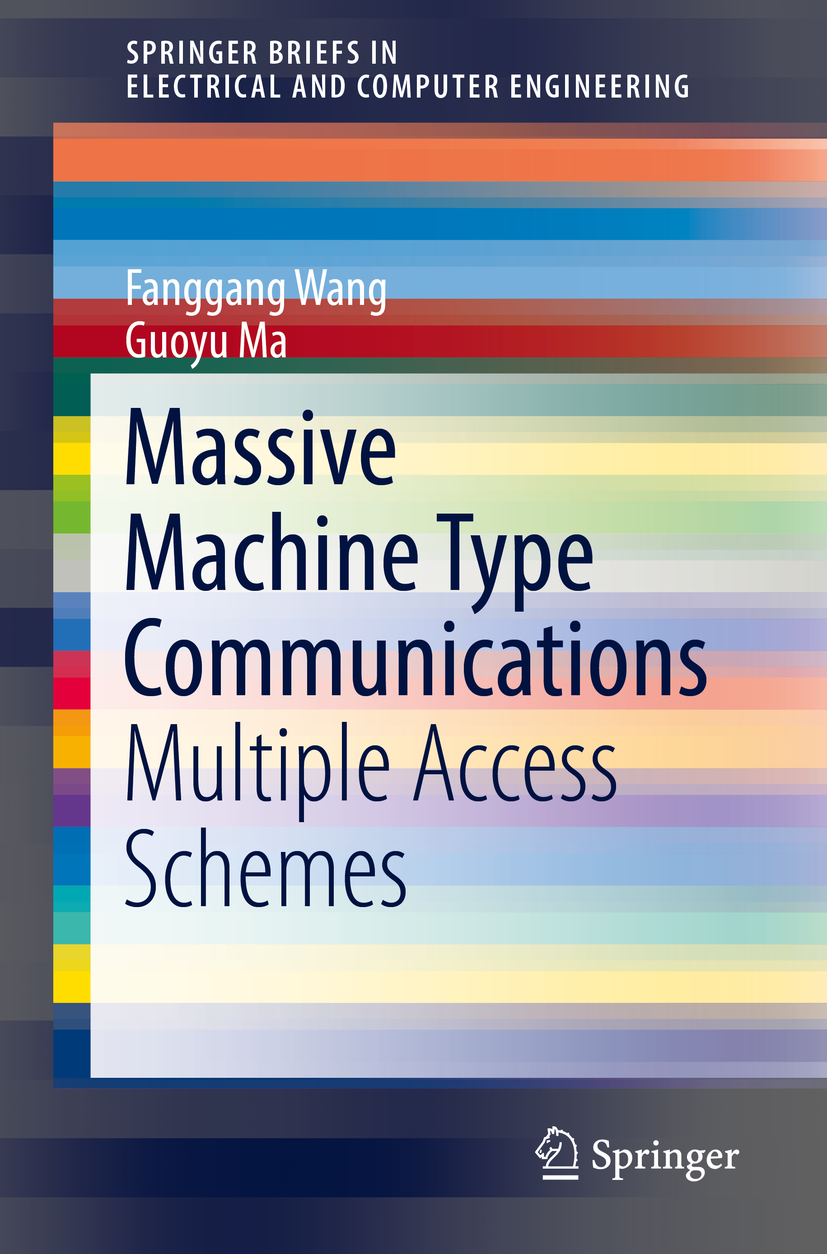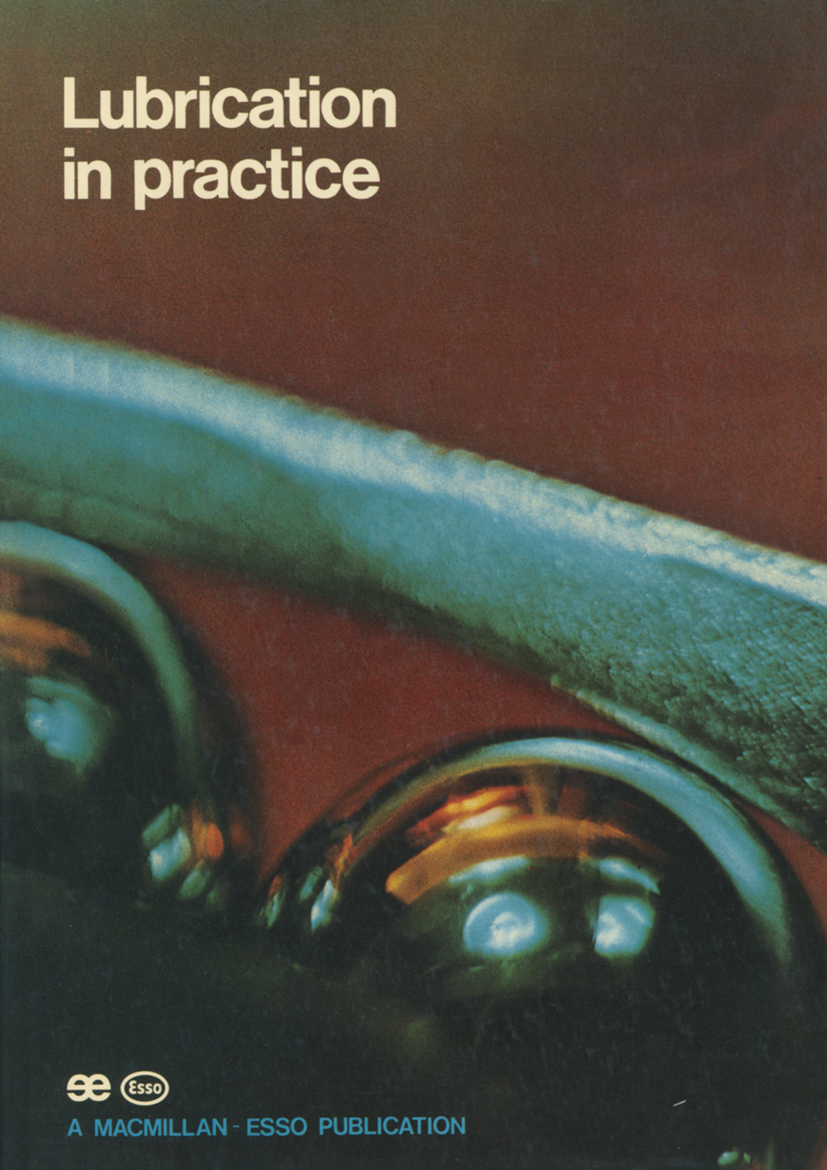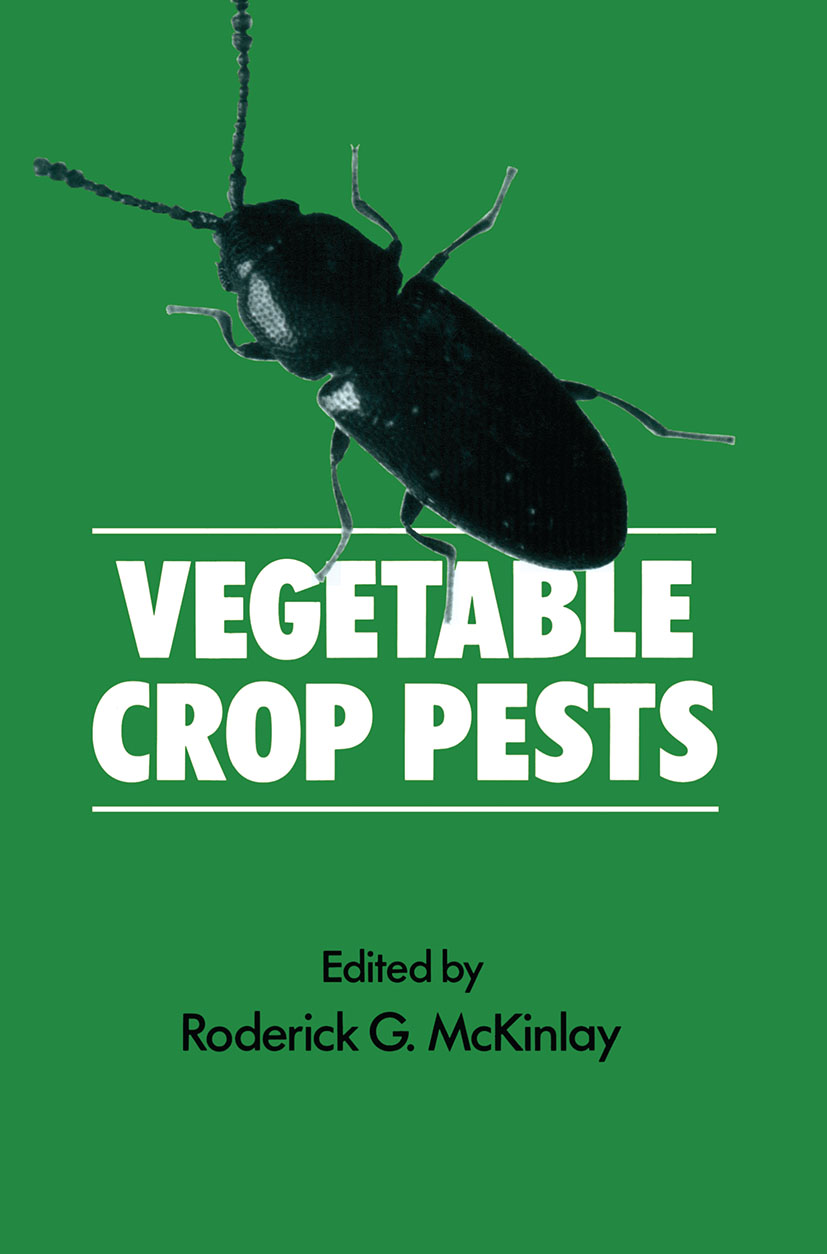Additive and Traditionally Manufactured Components
Additive and Traditionally Manufactured Components
Additive and Traditionally Manufactured Components: A Comparative Analysis of Mechanical Properties looks at the mechanical properties of materials produced by additive manufacturing (AM) and compares them with conventional methods. Since the product...
Read more
Additive and Traditionally Manufactured Components: A Comparative Analysis of Mechanical Properties looks at the mechanical properties of materials produced by additive manufacturing (AM) and compares them with conventional methods. Since the production of objects by AM techniques can used in a broad array of materials, the alloys presented are the ones most commonly produced by AM - Al alloys, Ti alloys and steel. The book explores the six main types of techniques: Fused Deposition Method (FDM), Powder Bed Fusion (PBF), Inkjet Printing, Stereolithography (SLA), Direct Energy Deposition (DED) and Laminated Object Manufacturing (LOM), and follows with the techniques being utilized for fabrication. Testing of AM fabricated specimens, including tension, compression and hardness is included, along with a comparison of those results to specimens obtained by conventional fabrication methods. Topics covered include static deformation, time dependent deformation (creep), cyclic deformation (fatigue) and fracture in specimens. The book concludes with a review of the mechanical properties of nanoscale specimens obtained by AM. Thoroughly explores AM processes that can be utilized for experimental design Includes a review of dislocations observed in specimens obtained by AM Compares the impact of both additive and traditional manufacturing techniques on the mechanical properties of materials
Less


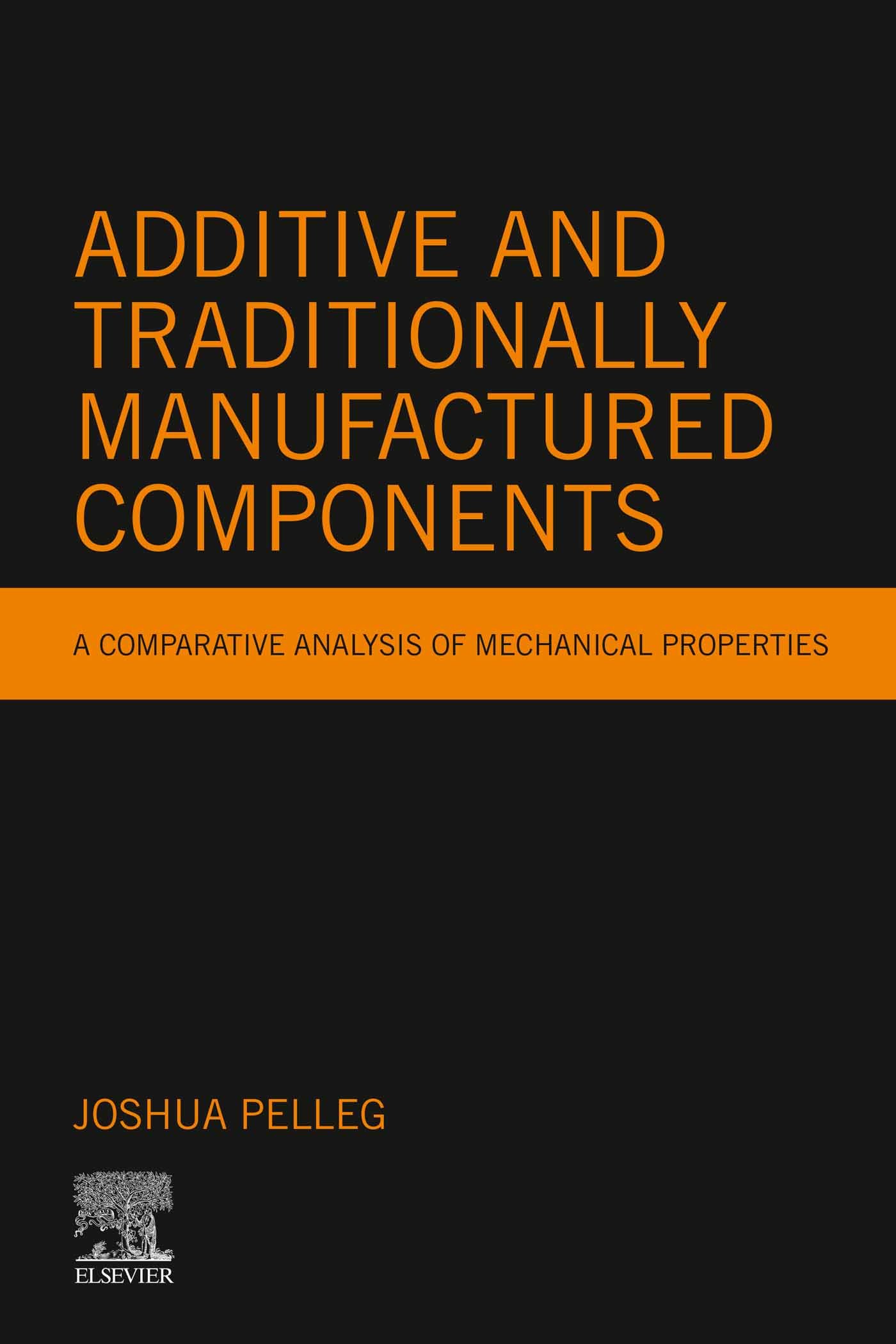

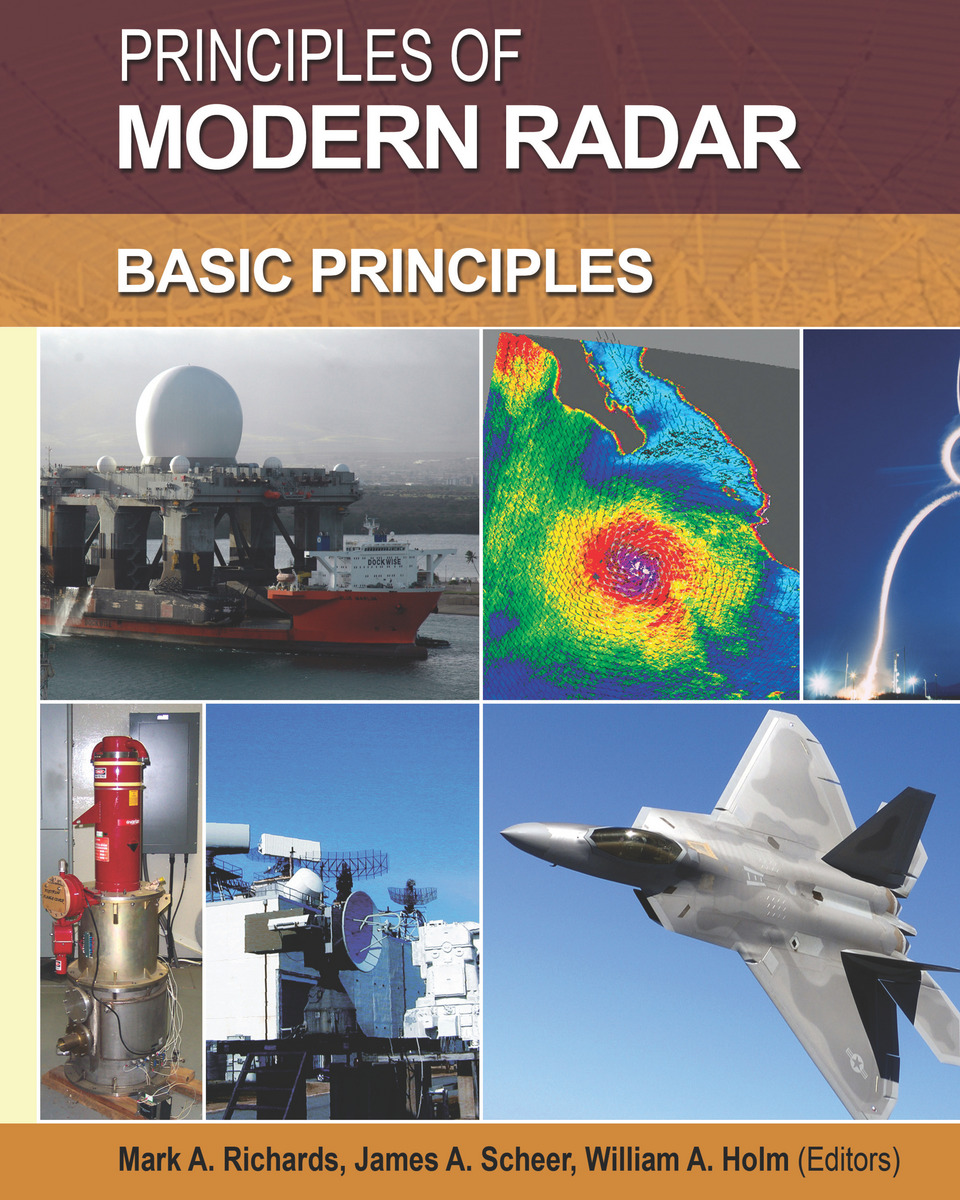

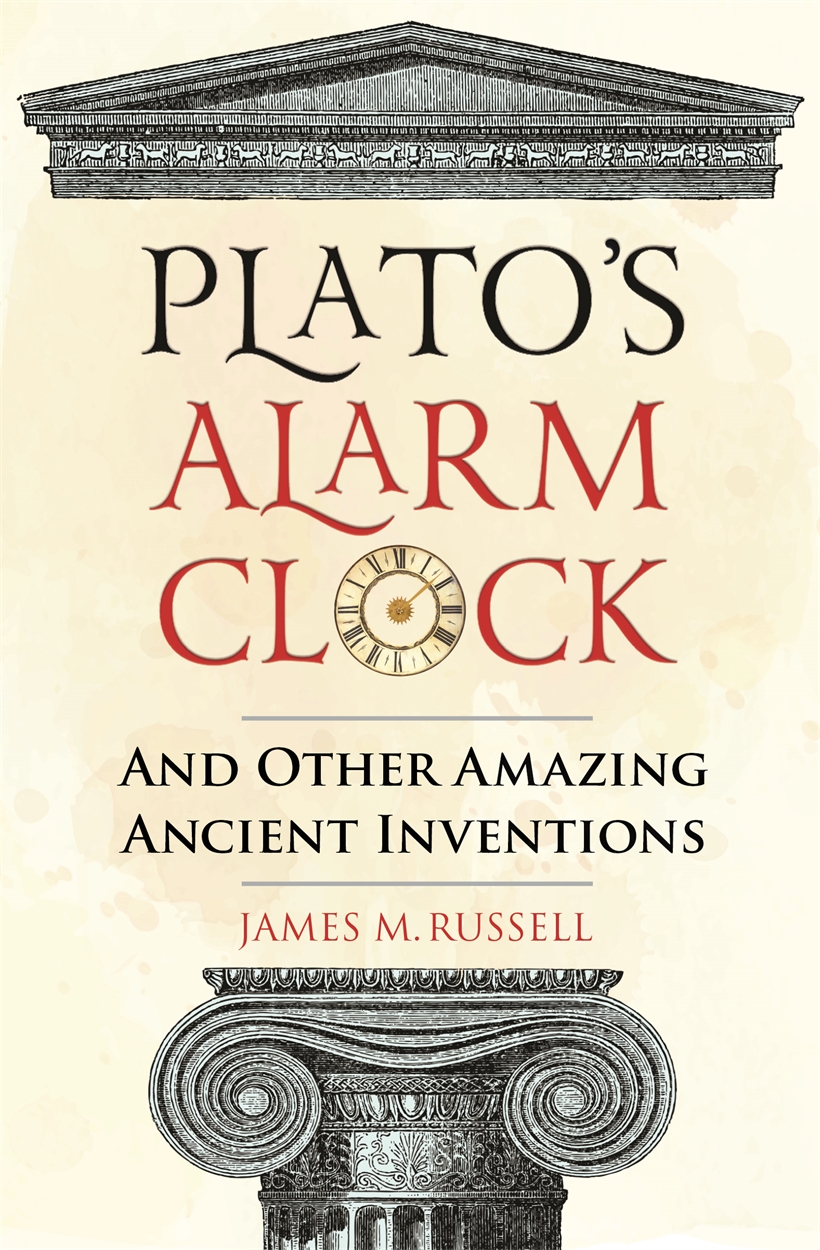
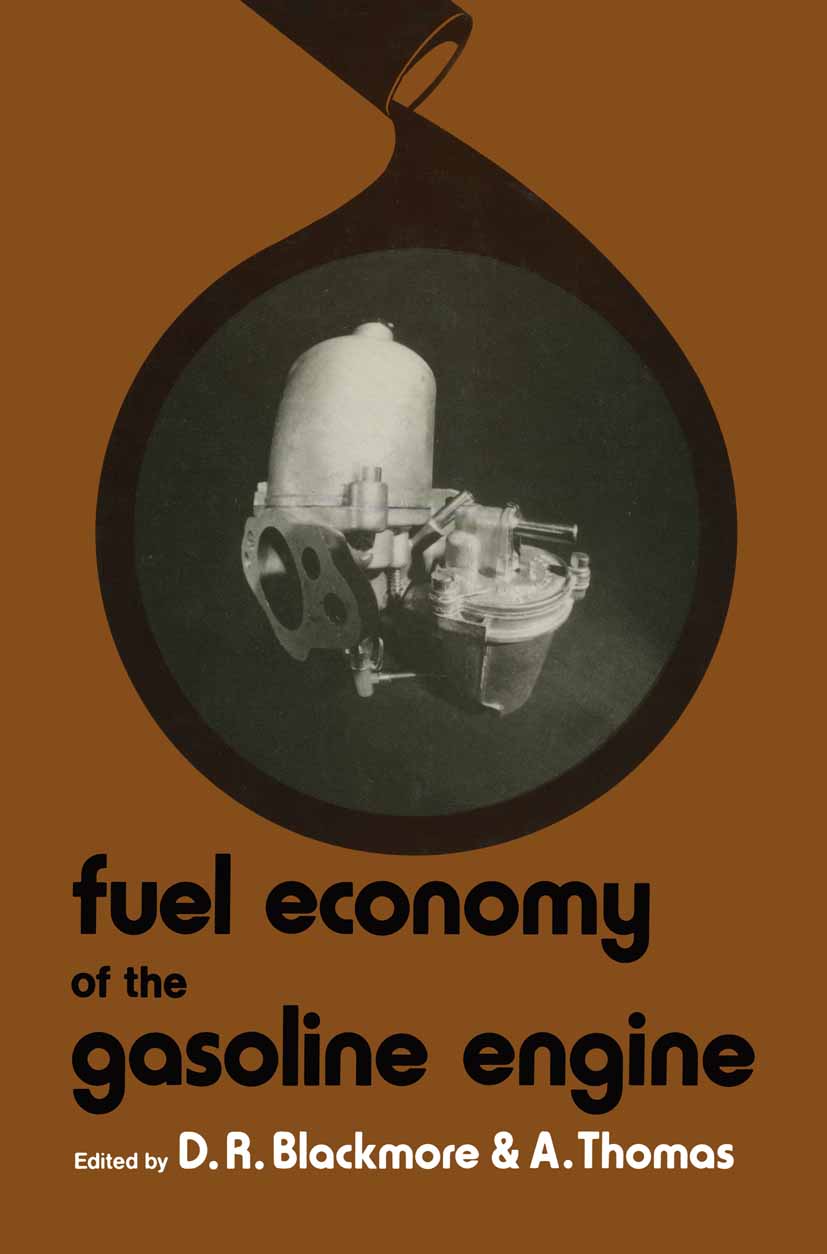
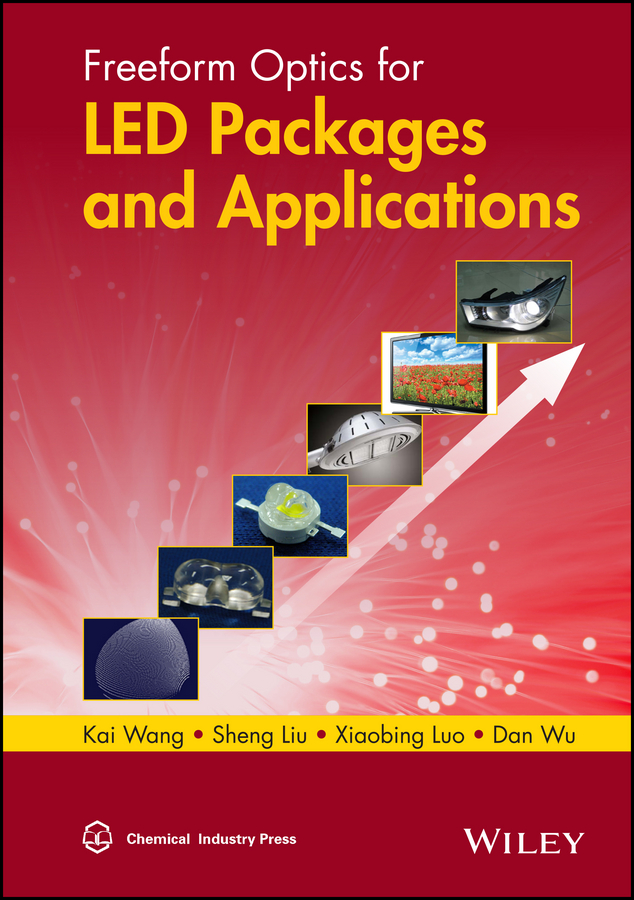
.jpg)



